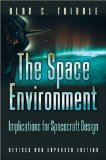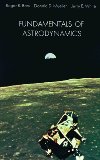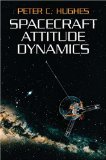Wikipedia dicit:
Boeing Crew Flight Test (Boe-CFT) is the first crewed mission of the Boeing Starliner capsule. Launched on 5 June 2024, the mission flew a crew of two NASA astronauts, Barry E. Wilmore and Sunita Williams, from Cape Canaveral Space Force Station to the International Space Station. The crew’s return to Earth, a planned 14 June ground landing in the American Southwest, has been delayed while Boeing works to diagnose various problems with the spacecraft.
The crewed flight test was initially planned to occur in 2017, but various delays pushed back the launch. The spacecraft’s first two uncrewed orbital flight tests of the capsule, Boe-OFT and Boe-OFT 2, took place in 2019 and 2022.
The spacecraft was integrated with the Atlas launch vehicle on 16 April 2024 in preparation for launch. The flight was scheduled for 7 May 2024 but was scrubbed about two hours before liftoff due to an oxygen valve problem on the United Launch Alliance’s (ULA) Atlas V. After the initial scrub, the launch was repeatedly delayed due to a helium leak in the Starliner service module. The second launch attempt was on 1 June, but was scrubbed 3 minutes, 50 seconds before liftoff when the ground launch sequencer computer registered a loss of redundancy due to a faulty power supply. The third launch attempt, on 5 June at 14:52 UTC, was successful.
During the flight to the ISS, additional helium leaks were discovered, though these were still too small to threaten the mission. As Starliner approached the ISS, five reaction control system thrusters failed, likely unrelated to the helium leaks. Resetting and firing the thrusters eventually made four out of five work again, and the Starliner safely docked with the ISS after a delay. The thruster malfunction looks identical to unresolved problems encountered during OFT 2 and will likely have to be fixed before Starliner is certified by NASA.
As of 23 June 2024, the spacecraft remains docked to the ISS. The return to earth flight was originally scheduled for 14 June, but is postponed indefinitely to some time in July, while the problems so far discovered are reviewed for the safety of the return flight.
Video credit: NASA’s Kennedy Space Center









 Subscribe to blog posts using RSS
Subscribe to blog posts using RSS










